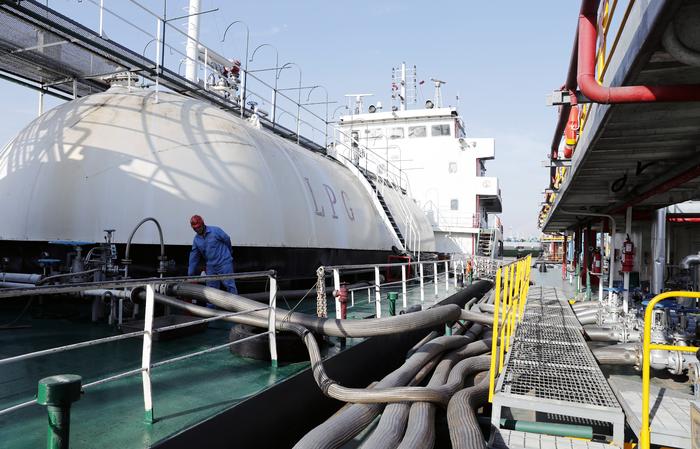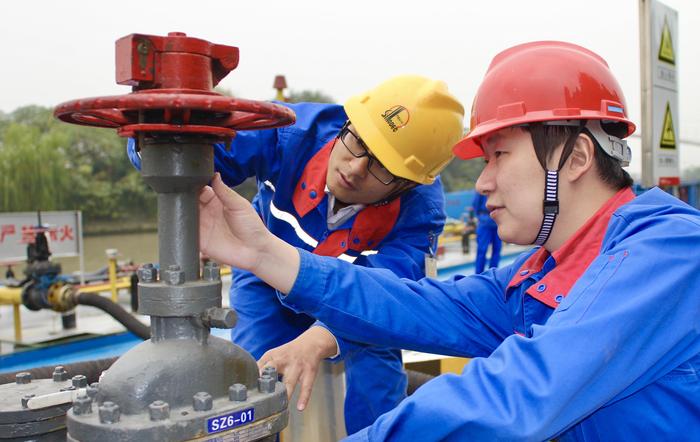|
| 2019-11-21 来源: 中国石化新闻网 |
| 石化新闻 |
|
中国石化新闻网讯 据全球能源新闻网2019年11月19日休斯顿报道,国际能源署海洋能系统(OES)日前发布的最新年度报告强调了重大的国际投资,包括美国能源部(DOE)承诺投资2500万美元来支持12个“下一代”海洋能源项目以及苏格兰波浪能源公司承诺明年为两台波浪能源机器提供990万美元的资金。 来自英国爱丁堡大学的OES主席亨利·杰弗里说:“在过去的12个月里,我们已经看到了全球潮汐能项目取得的重大进展,在大型实验室和海上试验场,工作时间得到了延长,波浪发电技术也取得了进展。随着欧盟委员会支持的跨境研发项目加速推进,越来越多的设备将在开放水域进行测试。” 杰弗里说:“OES还一直与美国能源部、苏格兰波浪能公司和欧盟委员会密切合作,以取得一种国际承认的海洋能源开发绩效指标的方法。这将对技术开发人员、投资者和资助者具有很高的价值。我们预计,到2020年,随着世界各国政府的大量投资,我们将会看到全球潮汐能发电的更多积极进展。” OES在2001年启动,是国际能源署(IEA)旗下的一个技术合作项目。它是为了应对主要在丹麦、葡萄牙和英国增加的海浪和潮流能源活动而创建的。该组织目前有25名成员,包括来自政府部门、国家能源机构以及研究和科学机构的专家。 李峻 编译自 全球能源新闻 原文如下: OES: Surge in Tidal Energy in 2020 The last annual report issued by Ocean Energy Systems (OES) highlights significant international investment including $25m pledged by the US Department of Energy (DOE) to support 12 ‘next-generation’ marine energy projects and Wave Energy Scotland committing $9.9 million in two wave energy machines next year. “In the last 12 months we have seen major progress with global tidal projects achieving extensive operating hours and wave technology progressing in large-scale laboratory and offshore test sites,” said OES chairman Henry Jeffrey from the University of Edinburgh. “A growing range of devices is now being tested in open water with an acceleration of cross-border R&D projects supported by the European Commission. “OES has also been working closely with the US Department of Energy, Wave Energy Scotland and the European Commission to achieve an internationally accepted approach of performance metrics for ocean energy development. This will be of high value to technology developers, investors and funders. We expect to see many more advances that are positive in 2020 with large investments being made by governments around the world." The OES was launched in 2001 as a technology collaboration program of the International Energy Agency (IEA). It was created in response to increased ocean wave and tidal current energy activity primarily in Denmark, Portugal and the United Kingdom. The organization now consists of 25 members including specialists from government departments, national energy agencies, as well as research and scientific bodies.
|








